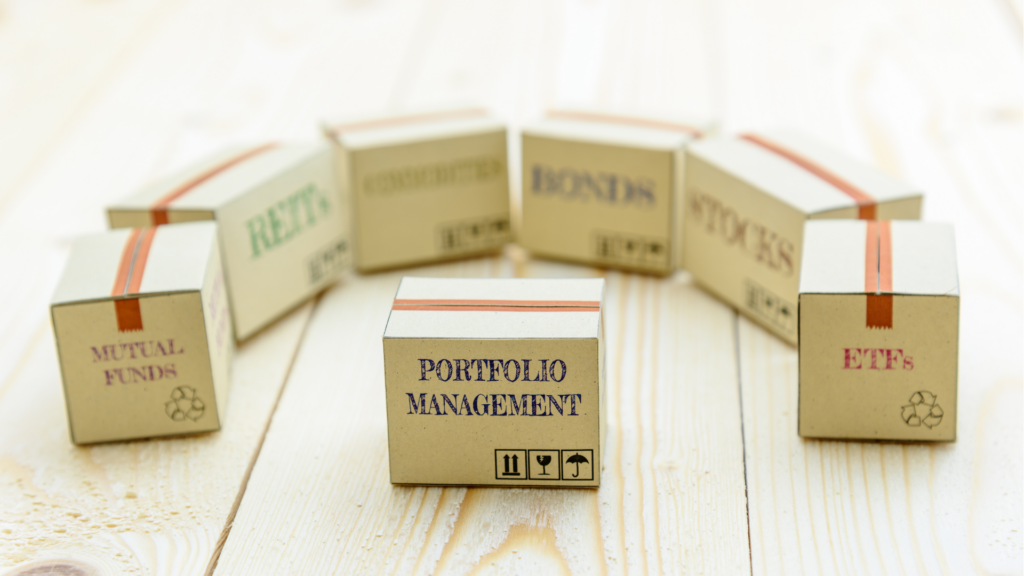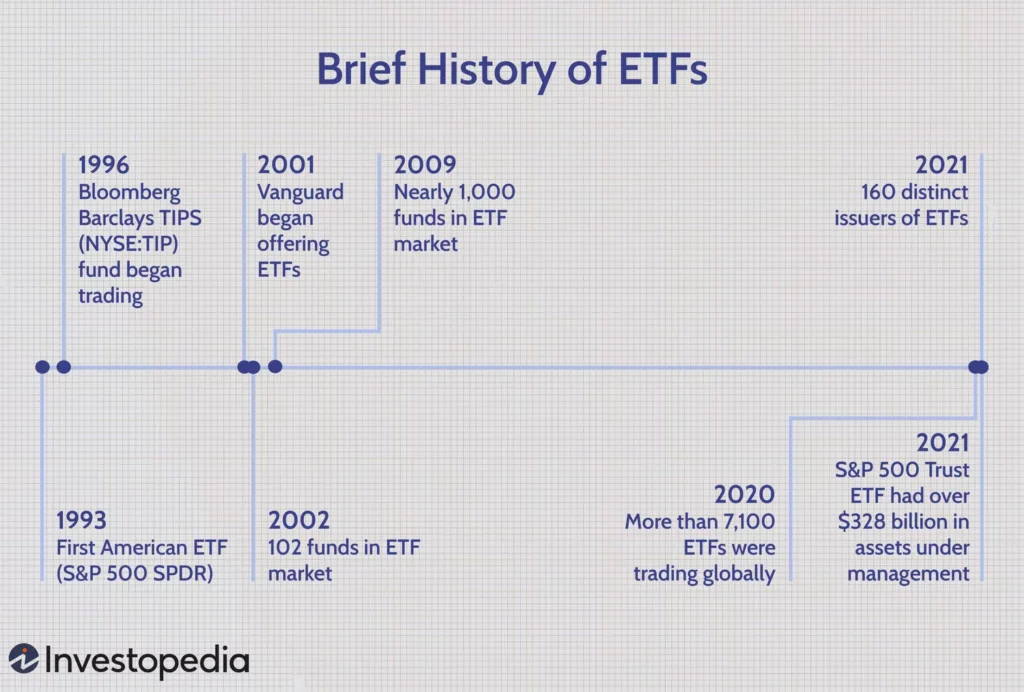ETFs, or Exchange-Traded Funds, are gaining popularity among investors for their simplicity and versatility. They provide an easy way to invest in a range of assets, making them accessible for non-professional traders.

Imagine being able to invest in a diverse basket of stocks or bonds without the complexity of managing individual assets—that’s the power of ETFs.
In this article, we’ll explore why ETFs matter for forex traders, covering their basics, advantages, popular categories, and practical trading tips.
ETFs are investment funds traded on stock exchanges, similar to individual stocks. However, they’re different from mutual funds and individual stocks in a couple of ways.
ETFs track specific benchmarks like the S&P 500 for stocks or the Barclays Capital Aggregate Bond Index for bonds, aiming to mirror their performance by holding similar assets.

For forex traders, ETFs offer diversification by investing in a variety of securities within one investment. This spreads risk, ideal for those with limited capital or seeking a diverse portfolio without buying multiple securities.
ETFs provide liquidity since they trade on stock exchanges throughout the day at market prices. This allows easy buying and selling, unlike mutual funds which trade once a day.
Furthermore, ETFs offer transparency by disclosing their holdings daily, giving investors clear visibility into their investments.
ETFs come in various categories, each offering unique investment opportunities for forex traders. Here is a breakdown of the most common types:
1. Equity ETFs
These ETFs invest in stocks, providing exposure to a particular market, industry, or region. They offer diversification across multiple companies within a single investment.
For example, the SPDR S&P 500 ETF (SPY) tracks the performance of the S&P 500 Index, offering broad exposure to large-cap US stocks.
2. Bond ETFs
Bond ETFs invest in fixed-income securities such as government bonds, corporate bonds, or municipal bonds. They offer income generation and diversification, with varying levels of risk depending on the underlying bonds.
An example is the iShares Core US Aggregate Bond ETF (AGG), which tracks the performance of the US investment-grade bond market.

3. Commodity ETFs
These ETFs track the performance of commodities like gold, silver, oil, or agricultural products. They provide exposure to commodity prices without the need for direct commodity ownership.
The SPDR Gold Shares ETF (GLD) is a popular example, offering exposure to the price of gold.
4. Sector ETFs
Sector ETFs focus on specific sectors or industries, such as technology, healthcare, or energy. They allow investors to target areas of the market they believe will outperform or diversify their portfolio.
For instance, the Technology Select Sector SPDR Fund (XLK) invests in technology companies within the S&P 500 Index.
Each category of ETFs has its own characteristics and potential benefits, catering to different investment objectives and risk tolerances.
Trading ETFs through CFDs (Contracts for Difference) involves entering into a contract with a broker to speculate on the price movement of the ETF without owning the underlying asset.
When it comes to ETF CFDs trading, there are several advantages worth considering:
In summary, trading ETFs through CFDs provides forex traders with flexibility, leverage, and the opportunity to profit from both upward and downward price movements in the market.

By following these tips, you can enhance your chances of success in ETF trading while managing risks effectively:
In conclusion, ETFs serve as versatile investment vehicles for forex traders, offering exposure to various asset classes like stocks, bonds, and commodities. Trading ETFs through CFDs provides flexibility, leverage, and profit opportunities. It’s essential to have a well-defined trading plan, stay informed about market trends, and practice responsible trading strategies. By implementing these principles, traders can navigate the market confidently and responsibly, maximising their potential for success.